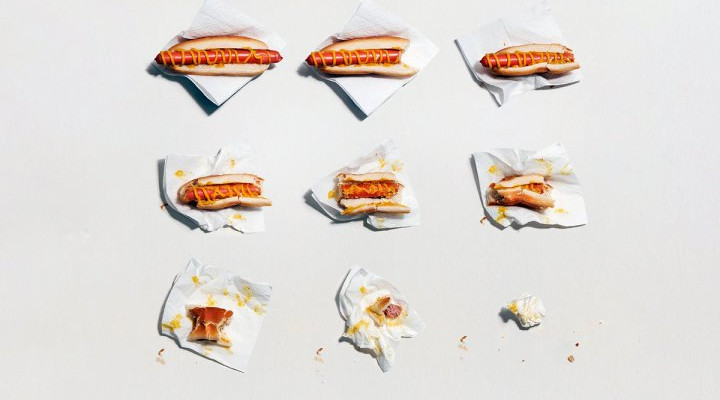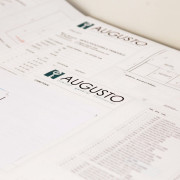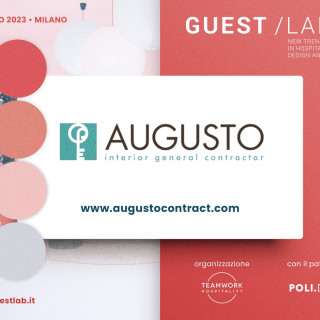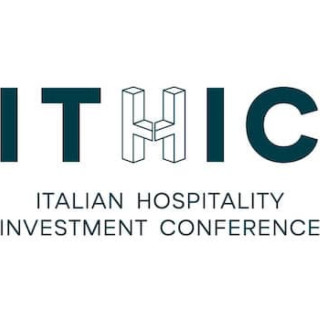Come possono sopravvivere i ristoranti oggi

Sotto lockdown abbiamo trovato questo articolo che proponiamo come spunto per gli operatori del settore.
In these difficult times, we’ve made a number of our coronavirus articles free for all readers. To get all of HBR’s content delivered to your inbox, sign up for the Daily Alert newsletter.
All businesses are suffering today. One industry that is especially visible and emblematic of our economic struggles is restaurants. In many states, dining rooms are closed, and restaurants that choose to remain open are allowed to provide meals via takeout or delivery only. They’re making this shift as customers face deep financial uncertainty. Their customers face another dilemma: whether it’s worth leaving the house (and risking possible exposure to the virus) in search of takeout food to break the monotony of our new stay-at-home reality.
To survive, restaurant owners will need to find creative solutions to survive in this new environment and adapt to customers’ plight.
My advice to restaurateurs — after ensuring the safety of their food — is simple: Lower Your Prices Now.
To start off, let’s be realistic — few restaurants will be able to maintain normal revenues during this crisis. While industry profits are notoriously thin (approximately 5%, according to this article), many of the costs are sunk (land, building, kitchen fixtures) as they are incurred whether or not a restaurant is open. The new goal for the next six months is to minimize losses by focusing on contribution margin (revenue minus variable costs such as food and labor).
There are three reasons why restaurants should lower prices.
First, most restaurants are only offering carry-out, whether by choice or based on orders from state or local authorities. Although restaurants historically charge the same prices for dine-in or takeout, takeout is a less valuable experience. While the cuisine is the same, the value of a restaurant meal stems partly from the ambiance, the attentive service, and the social experience (e.g., special occasions, seeing friends). Because the takeout experience lacks these attributes, takeout prices should be trimmed to reflect this reduced value.
Second, diners are thriftier than they were last month. With worries about their incomes and stock portfolios, many are scrutinizing optional expenditures.
Finally, lower prices can incentivize once-a-month customers to visit more frequently, and can help attract new ones.
It’s fair to question whether lowering prices will unnecessarily reduce revenues from current takeout businesses. Keep in mind that carryout-only business will also suffer due to customers being more budget conscious. Discounts can resuscitate demand.
One strategy for restaurant owners to consider is creating new discounted entrees that are appropriate for this economic environment. This is critical for more expensive restaurants (serving, say, $20+ entrees). Fancy is not in vogue right now, nor are high prices. Comfort food and home cooking substitutes are what’s appreciated. This is no time to stick to the tried-and-true menu.
For restaurant owners who don’t feel that they can create new entrees that will be popular enough to sustain business, the alternative is to offer a 15-20% discount off of menu items. In my experience, this is the sweet spot: any discount that doesn’t reach the 15% level is not a meaningful enough motivator. Anything over 20% conveys a whiff of desperation and leaves existing customers wondering, “How much profit have you been earning off of me?”
While giving diners a break makes sense, restaurant owners must be mindful that this storm will pass and they’ll have to go back to normal business at some point. To avoid devaluing their business, it’s important that diners understand that these discounts are temporary and prices will rise in the future. A good first step is to brand the discount in a manner that clearly conveys this message. If a restaurant offers new menu items during the crisis, make clear that they are a short-term, special offer.
In addition to branding, it’s essential to create what I call “hurdles-to-devaluation.” These are actions that customers must take to obtain a discount. The primary purpose of these hurdles is to psychologically reinforce to customers that these discounts are unique and are not permanent. This avoids devaluation.
Restaurants can create these hurdles in several ways. Some examples:
Bring a canned good for a food pantry. Requiring this gesture reinforces that the current promotion is related to the crisis, enhances a restaurant’s brand, and makes customers feel good about helping others. And of course, people who can’t be bothered to bring a can won’t get the discount.
Buy in bulk. Setting a minimum purchase (say, four entrees) for any discount allows diners to justify the discount in their minds (“I’m getting a volume discount”). It might also boost orders.
Purchase with booze. Many states are considering allowing restaurants to temporarily sell beer and wine to go. Tying a discount with the purchase of alcohol can help justify the discount in consumers’ minds (“they earn more profit from alcohol”), and it can also provide a convenient method to phase out the discount when the crisis subsides (because takeout alcohol won’t be allowed post-crisis).
Cash only. While eliminating processing fees, this requirement reinforces that this discount is a unique occurrence.
Discounting is an important ingredient to help businesses weather this challenging economic environment. The mistake that most companies make is not having a plan to retract markdowns. (I wrote about how companies can dial back such discounts in HBR’s print magazine at the end of the last recession.)
To flourish when better times finally arrive, it is critical to build in hurdles-to-devaluation to ensure that customers understand why prices are being lowered today and accept that they will go back to the norm when better times return.
- From Harvard Business Review -












